Tanzania Transit (2018)
On a train crossing Tanzania, a rolling microcosm of East African society, we follow three main characters, reflecting on the strength to survive.
On a train crossing Tanzania, a rolling microcosm of East African society, we follow three main characters, reflecting on the strength to survive.

The remarkable true story of Darius McCollum, a man with Asperger's syndrome whose overwhelming love of transit has landed him in jail 32 times for the criminal impersonation of NYC subway drivers, conductors, token booth clerks, and track repairmen.
A short documentary about Father Christmas' annual six-day trek through the Australian desert aboard the Tea and Sugar Train.
An incident from the early days of Québec's quiet revolution, tailor-made for the cartoonist. It is the story of a Montréal commuter train, a unilingual ticket collector and a bilingual passenger. The passenger appears on screen himself to describe his bid to have tickets requested in French as well as in English. What ensued, and how even the railway president became involved, is illustrated with wit and humor.
Any unlucky carcass is dispatched in a matter of minutes by a feeding frenzy that attracts jackals and hyenas along with vultures. Scavenging insects swarm over the remaining bones and horns. While this film focuses primarily on the griffin vulture (“nature’s undertaker”), it considers the role of all scavengers in this harsh ecosystem. Generally despised as harbingers of death, they actually help maintain the health of the savannah by disposing of waste and returning nutrients to the soil.

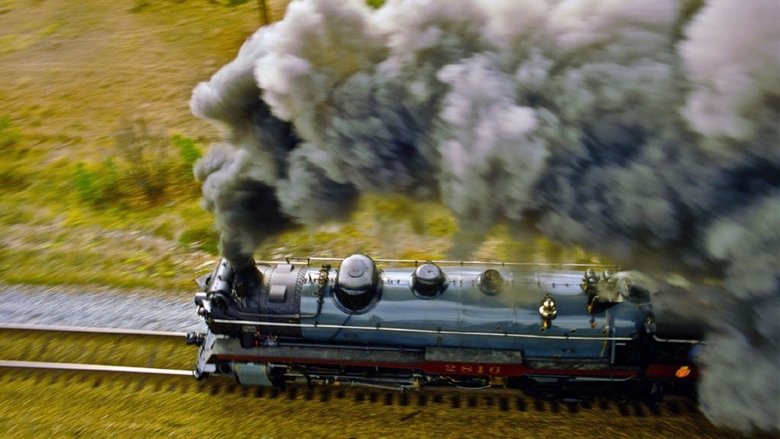
A history of the nation's first transcontinental railway accompanies a steam-train ride through the Canadian Rockies.
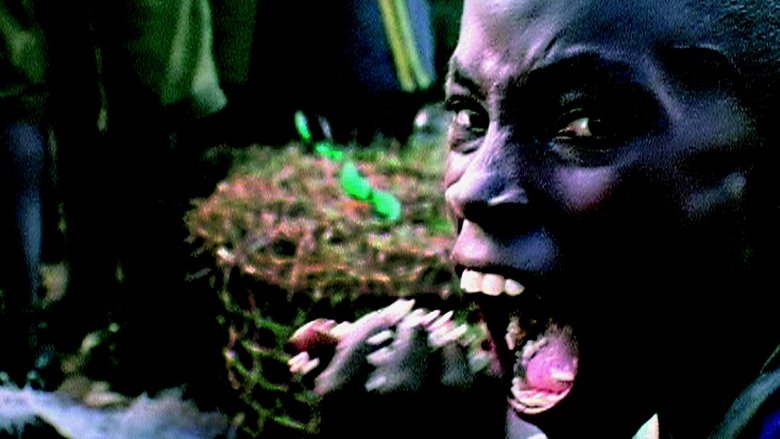
Africa in the sixties. The Nile perch, a ravenous predator, is introduced into Lake Victoria as a scientific experiment, causing the extinction of many native species. Its meat is exported everywhere in exchange for weapons, creating a globalized evil alliance on the lake shores. An infernal nightmare in the real world that wipes out Darwin's Theory of Evolution.
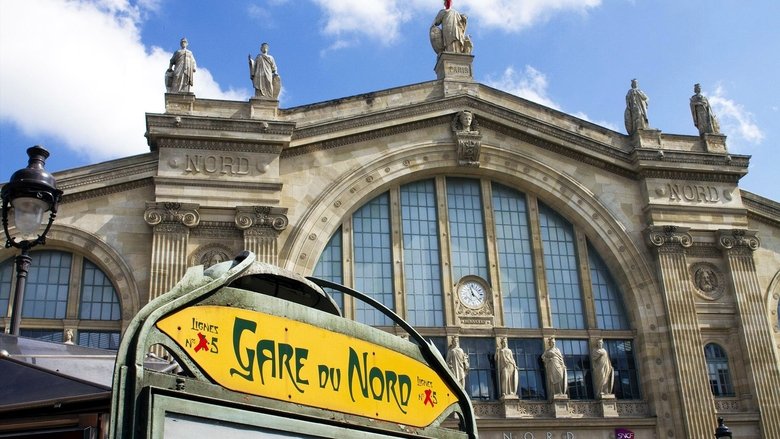
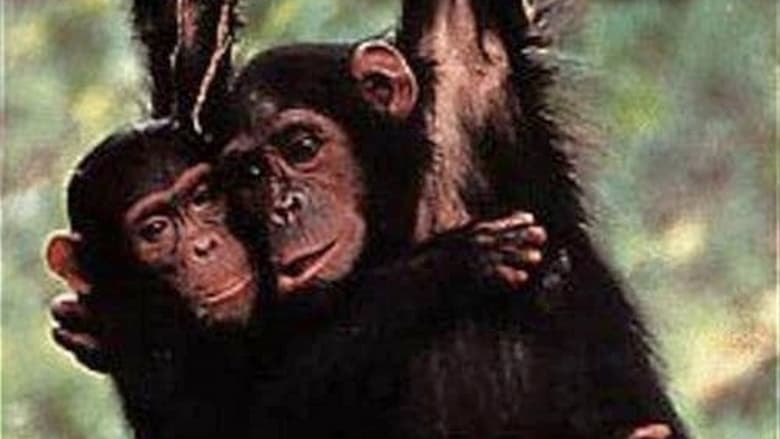
In 1960 Jane Goodall set out for Tanzania's remote Gombe Stream Game Reserve to study the behavior of man's closest living relative, the chimpanzee. With dedication and perseverance she earned the trust of a wild chimp community, and gradually they revealed their individual personalities and the rich tapestry of their daily life. This program looks at two landmark decades of Jane Goodall's work, including her dramatic discovery of chimpanzees making and using tools.
After shooting more short films and documentaries, Deschanel wrote, directed and shot Trains, a short film that won the Silver Bear at the 1976 Berlin Film Festival. Trains is an exquisitely filmed short format documentary on passenger trains throughout the course of one day.
Lake Tanganyika is an 'Ocean' in Africa. Millions of years ago it was colonized by a little fish called 'Cichlid'. Otters, crocodiles, cobras and cormorants all hunt the fish in clear water. How the Cichlid survived and evolved is an incredible story for, millions of years later, there are over 200 new species - all found only in Lake Tanganyika. Incredibly, they have evolved to look like coral reef fish. There are cichlid equivalents of tuna, snapper, gobies and goatfish. They have evolved bizarre methods of breeding with mouth-incubation, lekking and, unique amongst fish, there is even a cuckoo. Despite all their specialization over millions of years, if an opportunity presents itself, the little fish can behave like their unspecialized ancestor. In the climax of the film, they bang together to feast on a hatch of sardine fry. This is the story of how one little fish has conquered a lake.
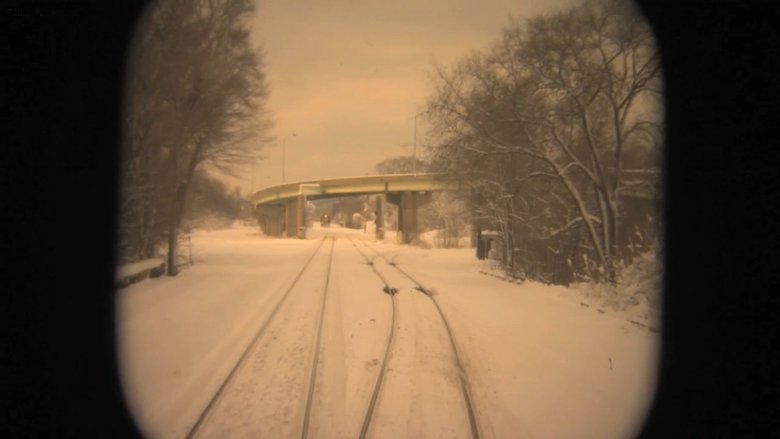
An Amtrak train pulls out of Penn Station in New York City on a cold, sunny February morning. The train moves forward as the landscape changes—the East Coast giving way to the Midwest. Passengers fill their roles, the snow begins to fall and the next train station is announced, all while the light continues shifting, bouncing, swelling and slouching into eventual darkness.
As the modernisation of London Underground continues, long serving A-Stock and C-Stock trains have been withdrawn from service, and their differing characters will slowly become a memory. London Transport Museum commissioned Geoff Marshall to record the transition between old and new trains.
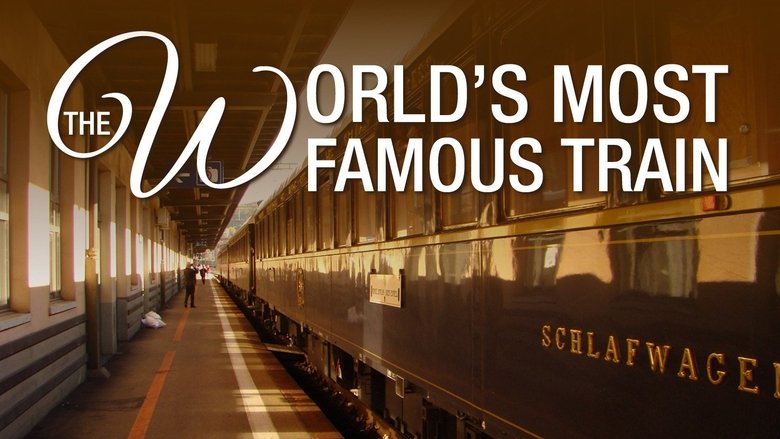
During its nine-month-long season, the Venice Simplon-Orient-Express makes over 60 journeys, covering 150,000 kilometres, with the majority of trips between London and Venice. The train is comprised of 17 unique 1920s carriages that have transported a host of elite individuals across Italy, Switzerland, and Turkey for more than a century. This documentary follows the stories of the staff and passengers as the train makes its way across Europe, with some customers having paid more than £2,000 for the privilege.
Edeltraut Hertel - a midwife caught between two worlds. She has been working as a midwife in a small village near Chemnitz for almost 20 years, supporting expectant mothers before, during and after the birth of their offspring. However, working as a midwife brings with it social problems such as a decline in birth rates and migration from the provinces. Competition for babies between birthing centers has become fierce, particularly in financial terms. Obstetrics in Tanzania, Africa, Edeltraud's second place of work, is completely different. Here, the midwife not only delivers babies, she also trains successors, carries out educational and development work and struggles with the country's cultural and social problems.
Alice Diop's enchanting short film, a work of transcendent transformation, shows how the rough lines of Drancy station are immortalized in watercolor by the French artist Benoît Peyrucq. A tribute to a location fraught with historical and contemporary poignancy.
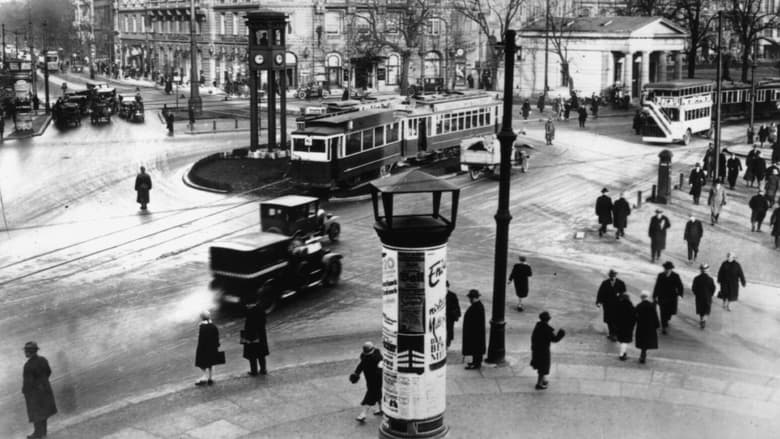
A day in the city of Berlin, which experienced an industrial boom in the 1920s, and still provides an insight into the living and working conditions at that time. Germany had just recovered a little from the worst consequences of the First World War, the great economic crisis was still a few years away and Hitler was not yet an issue at the time.

A group of people are standing along the platform of a railway station in La Ciotat, waiting for a train. One is seen coming, at some distance, and eventually stops at the platform. Doors of the railway-cars open and attendants help passengers off and on. Popular legend has it that, when this film was shown, the first-night audience fled the café in terror, fearing being run over by the "approaching" train. This legend has since been identified as promotional embellishment, though there is evidence to suggest that people were astounded at the capabilities of the Lumières' cinématographe.
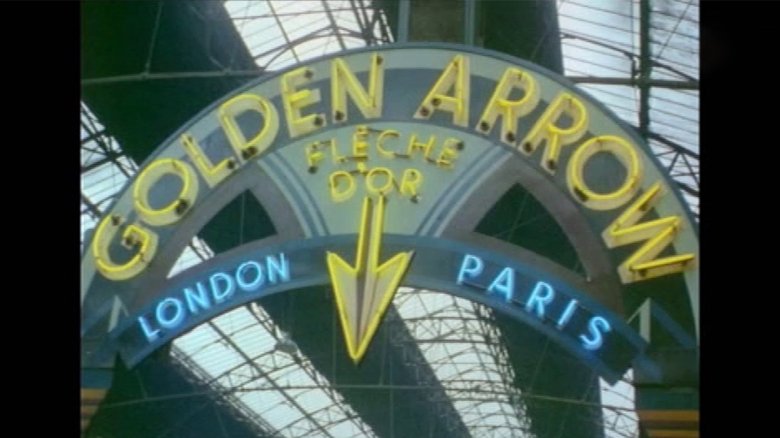
The British Railways modernisation programme of the 1960s radically changed the rail network, and the British Transport Films unit and the TV news were there to capture it. Compiled here is never before released colour footage of Southern steam at Waterloo (with Nine Elms depot), all the major London stations, The Blue Pullman and early diesels, The Golden Arrow and Night Ferry service, goods and mail, steam on the Metropolitan Railway and building the Victoria Line.
